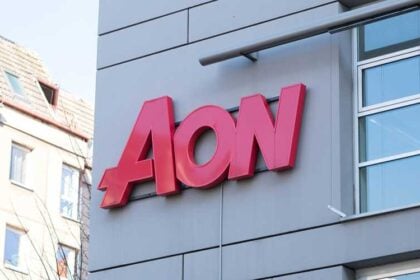Simon Le Grand is the director of Marketing at Lightspeed. In this piece, he shares his views on how event sponsorship can be reframed to include technology.
The hospitality industry has suffered a brutal blow; that’s no secret, and getting it back on its feet continues to be, no easy feat. But what would the industry look like if we changed our perspective on how best to revive it?
According to Forbes, in 2020, brands invested over $68 billion in sports, entertainment, cause and event sponsorship activities. The same report also revealed that last year, 78 percent of brands reported they felt the pressure to validate the financial results of sponsorship initiatives — a figure which had increased significantly compared the prior two years. And why wouldn’t they — sponsorship is a hefty investment, and wanting to quantify its return on investment is most definitely a warranted worry.
But what does this sponsorship actually mean when you consider it in value terms, especially for struggling industries that don’t have the financial means to survive the pandemic, let alone invest in sponsorship? Today, it probably means a lot less than it did ten years ago and unfortunately, companies are no longer reaping the full financial value from traditional sponsorship.
Consider technology
The solution? We need to flip how we understand and define sponsorship. Consider tech. It’s solutions-focused, it simultaneously offers brand visibility alongside functionality, and it works as service-based sponsorship; something much more valuable than a logo on a wall. Lightspeed recently put this method to the test when we sponsored the activation of popup cocktail bar, Belsazar Place. Sponsoring the event with our technology instead of just our branding, meant we turned sponsorship into a commodity that enabled patrons to transact, communicate and collaborate via our technology.
So how can businesses innovate the way they engage with their sponsors? The answer is simple; challenge them. Really get under the hood of your sponsor’s business and if it’s part of the technology ecosystem, which it should be, ask if you can provide your services to support the operations of their event, instead of just paying to be seen. The real beauty of this approach is also in the fact that it adds to the authenticity of the sponsorship – holding the technology provider accountable to the quality of their solution, and building a deeper dependency and connection between both parties in the process.
Supporting struggling industries
As well as being a forward thinking way of engaging with sponsorship, using technology is also a long term solution to supporting struggling industries. Hospitality was one of the hardest hit sectors to come out of the pandemic, and large scale hospitality events around the country were put on hold, cancelled or taken online, removing thousands of sponsorship dollars in the process. Reframing the approach to sponsorship and looking at engaging technology providers, software companies and cybersecurity solutions is an innovative way we can support industries like hospitality in not only navigating the online world, but also raising awareness about the value of safeguarding events with digital solutions.
Lightspeed’s support at Belsazar Place meant the pop up was able to tap into its sponsor’s POS services to offer contactless ordering and payments, and adhere to COVID safe environments. With this, the event itself was able to forge ahead, bringing life and culture back into the COVID ravaged Sydney CBD. Proof that when used in the right way, technology as a form of sponsorship well and truly does have the power to support struggling industries.
Image: iStock/gustavofrazao








